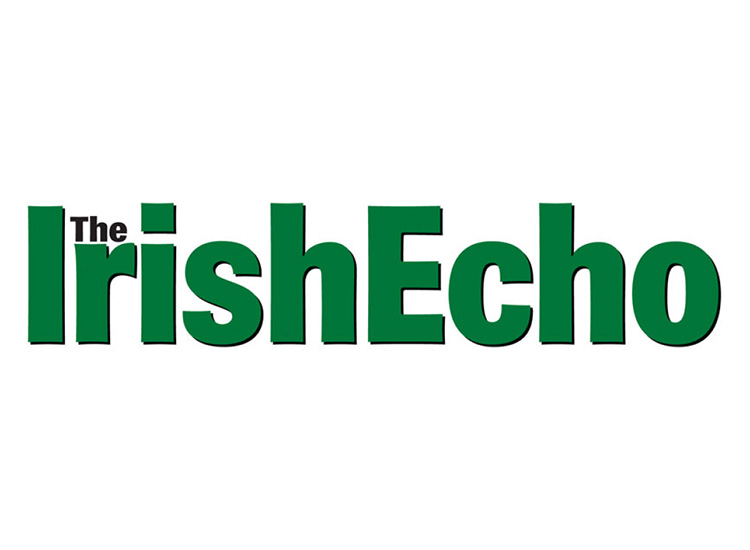By Ray O'Hanlon
"Aer Lingus passengers keep walking this way." Those words have been a welcome instruction for weary arrivals at U.S. airports over the last decade.
But they might soon be history.
U.S. Immigration and Naturalization Service pre-clearance facilities at Dublin and Shannon airports are coming under scrutiny and might be canceled.
Contrary to what many might believe, the presence of the INS at Irish airports is not entirely a goodwill gesture by the U.S. government to make entry to the U.S. an easier procedure.
It is a service paid for in large part by the airlines flying passengers across the Atlantic.
And in a time when Aer Lingus is running on the basis of an all-encompassing survival plan, any aspect of service that costs money is coming under the microscope.
"We are right now looking at every conceivable cost in the running of this enterprise," Brian Murphy, Aer Lingus vice president for sales and marketing in North America, said Tuesday.
The pre-clearance payments were part of this scrutiny, Murphy confirmed.
Airlines pay for the INS pre-clearance services by way of various landing and airport charges.
Money is also paid out to Aer Rianta, the Irish airports controlling authority.
Aer Lingus pays about euro 500,000 a year to the INS and a similar sum to Aer Rianta in order to maintain the pre-clearances facilities at Dublin and Shannon.
The two other airlines flying the Atlantic to Ireland, Continental and Delta, also prop up the facilities as part of various landing and airport handling fees.
Aer Lingus, which has been teetering on the brink of insolvency following the foot-and-mouth crisis and Sept. 11 terror attacks, has been aggressively cutting costs even as it attempts to lure passengers to its pared-down Atlantic route system with lower ticket prices.
But the matter of immigration pre-clearance also has a political component, especially when it is linked to Shannon Airport.
Nine years ago, when Aer Lingus was implementing an earlier survival plan, part of the carrier's strategy was to seek an end to the compulsory Shannon stopover rule.
The strategy was successful and the way was cleared for nonstop flights from the U.S. to Dublin.
At that time, the pre-clearance facility was only operating at Shannon and an Aer Rianta internal memorandum leaked to the press expressed concern that any bypassing of Shannon would result in the INS packing up and leaving due to lack of passenger traffic.
Aer Rianta was additionally concerned that the loss of such pre-clearance would take away a major selling point from Shannon and result in even larger numbers of Ireland-bound travelers flying first to British airports before "backtracking" into Ireland.
The airports authority also felt that passengers would be unduly inconvenienced by having to once again join long lines at U.S. immigration checks at airports such as Kennedy in New York and Logan in Boston.
As it turned out, both Shannon and Dublin saw more than enough passenger traffic in subsequent years to justify U.S. immigration pre-clearance facilities at their respective departure terminals.
But the same concerns about trans-Atlantic passengers opting for UK airports are being raised again in the context of the INS being forced to pull up stakes at Dublin and Shannon for lack of funding.
Representations are being made to the new Irish transport minister, Seamus Brennan, in an effort to secure government intervention to retain the INS presence at both airports.
The Irish government still owns 95 percent of Aer Lingus, though it has remained very much in the background during the recent labor troubles at the airline.
Indeed, though it has yet to be sold to a private buyer, Aer Lingus lately looks for all the world like a private enterprise doing what private enterprises tend to do better than governments: aggressively cutting costs by aggressively trimming services.










